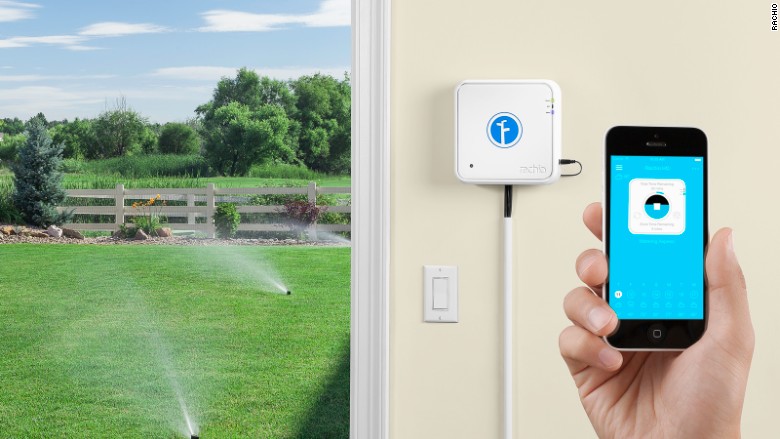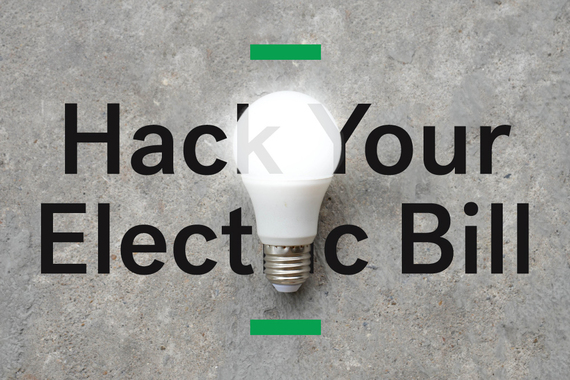Hitting the Nail on the Head
I am sure that you have heard the saying, "Hit the nail on the head." There are several ways to hit a nail. If a nail is hit incorrectly, the head can be bent or the nail its self can bend but this usually happens when something is hit inside the piece being nailed, such as a knot. To avoid bending the head, grab the hammer firmly where you feel comfortable. Swing the hammer at a speed where you remain accurate and strike the surface of the hammer squarely (flat) on the head of the nail. If the head http://medical-dictionary.thefreedictionary.com/remodeling of the hammer hits the nail at an angle, the head of the nail can bend which will render the nail unable to be sunk any further. This can also happen if the surface of t he hammer is smooth (finishing hammer). For general purposes, buy a hammer that has a Home Improvement in College Station rough surface that looks somewhat like a waffle iron. If you're doing finishing work, it is advisable to also buy a smooth headed hammer so a waffle pattern is not left on any surfaces. A smooth dent is easier to sand or paint over. Hit the nail just hard enough to sink it in so it will stay without you having to hold it with your fingers. At first, this will take you two to three hits but will eventually take you only one hit as you gain in skill. Remove your hand from the area and continue to strike the nail evenly with more force until it is flush (even) with the surface you are nailing into. I know it's somewhat of a long explanation just for hammering a nail but it is the foundation of the rest of your carpentry skills. Bad things can happen if a hammer is in the wrong hands.
Removing Fixtures
The first thing to do for a remodel ing job is to remove fixtures and to clear the work area. If your taking the face of the wall off for example, remove any electrical covers with a screw driver and place them somewhere you will remember. If there is a wooden board on the wall along the ground (baseboard), get a flat bar and place it between the board and the wall and hammer gently between them, slowly prying it off. If a new board is going to be purchased, you don't need to be so gentle. If a toilet needs to be removed, turn the water off via a knob near the base of the toilet on the wall, flush the water out, and take a bucket and large sponge to get the excess water out. Remove the caps on the side of the toilet that are hiding the bolts and loosen the bolts with the appropriate size wrench. BE CAREFUL! If you turn them the wrong way, you will be tightening the bolts and can crack the toilet so proceed slowly. Disconnect the hoses from the back and remove the nuts from the bolts that hold the toilet down. Slowly r ock the toilet back and forth to break the wax seal and lift straight up and place the toilet somewhere safe with something underneath to keep the floor clean and dry. A new wax seal most likely will need to be bought but they are only around $10. Place a rag in the pipe where the toilet was to stop any sewer gases from coming into the house. That's basically it for fixtures. If you can remove a toilet, you will not have any problems with a sink.
The Point of No Return

Now, for the part that you have been dreading. You must punch a hole in the wall. Once you do this, there is no turning back. Do not do this with your fist since you never know where a stud (wall support lumber) is since building codes change over the years. Today, studs are 16 inch center so that means that there should be a stud (the center of one) every 16 inches. Measure about 8 inches from a corn er and punch a hole with your hammer just hard enough to go through. You never know what is behind that wall so never use a power tool to cut through since you might hit electrical wire. Once you have made a hole big enough to see through, stick your hand through and start pulling the sheet rock off of the studs. Once you have cleared off all of the sheet rock, check the surface of the studs and pull out any remaining nails or screws. Depending on what you're trying to accomplish your next actions will be different but thus far, you have saved a 2 person crew 3 hours of labor and shaved off that expense from your final bill. The majority of carpentry work is taken up by prep and finish work. If you can eliminate that, you will save big on home repairs and remodeling.
Closing it All
After you have made the desired repairs yourself or called in a professional to do the "hard" part, you can close the wall yourself. Drywall or sheet rock is very inexpensive at about $5.00 per 4' by 8' sheet. You don't need power tools to cut it either. All you need is a "box cutter", measuring tape, and pencil. Simply measure the wall that you want a piece of drywall to go on and mark that measurement on the drywall. Score along one side of the sheet and then the other. You don't have to get it perfect, just close and if you mess up, drywall is cheap and it is not a big loss. You can also measure any electrical outlets and light switches and mark that measurement on the drywall so you can cut an appropriately sized rectangle. Put the drywall in place and secure using drywall screws. Never use nails since these will eventually push back out and mess up your paint job. The job is mostly done! Now, unless you feel comfortable covering the seams of the drywall with plaster (and tape), I would call in someone for that. If you do it yourself, you will have left over tools and plaster that you most likely will not use again. This part will only take about 2 hours. Once the plaster has had time to cure (dry) it is safe to paint and replace the fixtures. If a baseboard was removed, replace with one of the same size and use finishing nails to secure it. Don't forget to "sink" the finishing nails by taking another nail and placing it on top of a nail in the baseboard and tapping lightly until the head sinks in about inch.
Well, now that you have seen how the sausage is made, you can save a lot of money by taking the most time consuming (and easy) work out of a remodeling/repair job so the construction companies can't charge you for the labor. With this mindset, you could do something as drastic as removing all of the shingles from your roof and let a company come in and put new ones down. That would cut the time involved by almost half. Before you let a construction company take that trash off your hands, call your garbage collection company and see what it will cost to have a dumpster delivered to your location. If it is cheaper to order it you rself, do that and have the construction team fill it up for you since they are there anyway. You will be saving yourself a lot of work and should only take a team of 4 people 1 hour or less to clean it up. If you decide to go about your remodeling jobs this way, make sure that you agree upon a set amount of money for the completion of the job, do not pay by the hour. This will provide them incentive to finish the job in a timely manner and not take their time so they get paid more. Find a company who is going to also provide a warranty on their work to ensure that quality work is provided.
http://www.infobarrel.com/Remodeling__Never_Overpay_Again

 The hardware mounts in your home, the software is accessible online.
The hardware mounts in your home, the software is accessible online.



